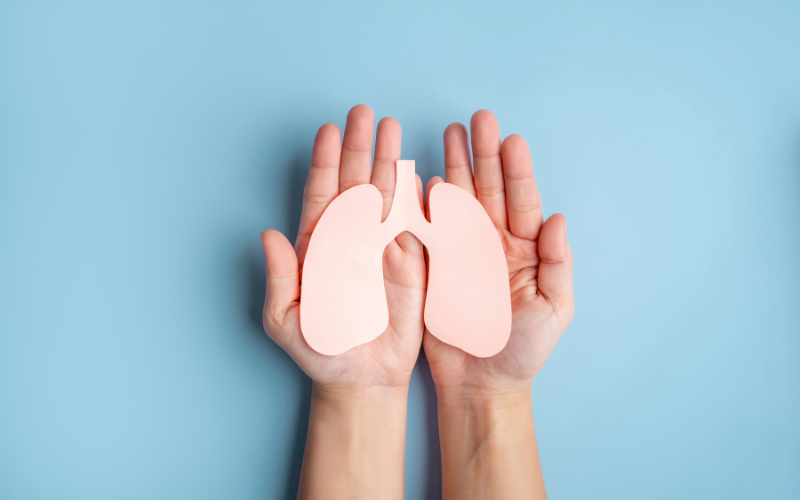Despite being preventable and curable, TB has remained a leading cause of death from infectious diseases for decades and the 2022 numbers were the highest since the World Health Organization (WHO) began global monitoring in 1995, and above the pre-COVID baseline.
However, after two years of the COVID-19 pandemic-related disruptions, there has also been a major global recovery in the number of people diagnosed with TB and treated in 2022. These figures likely suggest a sizeable backlog of people who developed TB in previous years, but whose diagnosis and treatment was delayed due to COVID-19 that affected access to and provision of health services.
The bacteria causing TB spread through tiny droplets released from the nose and mouth into the air during sneezing, coughing, or talking. When inhaled, the bacteria enter the lungs, producing symptoms like persistent coughing, fever, chills, night sweats, weight loss, lack of appetite, fatigue, and coughing blood.
The disease thrives in crowded environments and typically affects the lungs (pulmonary TB) but it can also affect other sites (extrapulmonary TB).
People at high risk for developing the TB disease fall under two categories:
- Those who get infected due to close contact with someone who has active tuberculosis, such as living under one roof with the infected person or caring for a patient diagnosed with TB, immigrants who have migrated from countries with high rates of TB, or groups with high rates of TB transmission, such as homeless persons or injection drug users.
- Those with weakened immune systems such as people living with HIV/AIDS, those with diabetes, chronic kidney disease, chronic lung conditions, smokers and even the elderly.
To treat a person diagnosed with TB, a combination of four to five different antibiotics, known as anti-TB drugs, is recommended for at least six months. With the appropriate treatment taken for the suggested duration, the condition is entirely curable.
However, it is crucial to follow the treatment advice provided by the doctor. Regular follow-up to check the progress is also vital to ensure that the treatment is working.
It is important to complete the recommended treatment to prevent drug resistance, wherein the bacteria no longer respond to either one or more drugs. Treatment options then become limited and expensive, and patients experience many adverse effects from the drugs.
